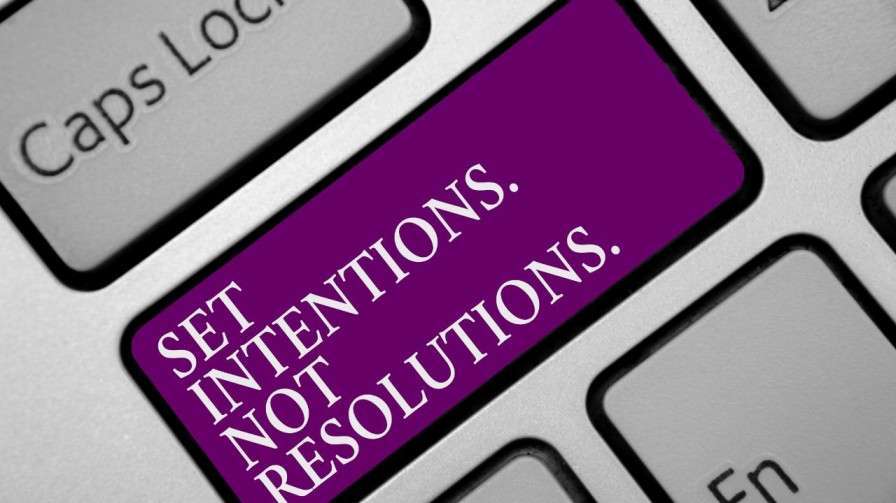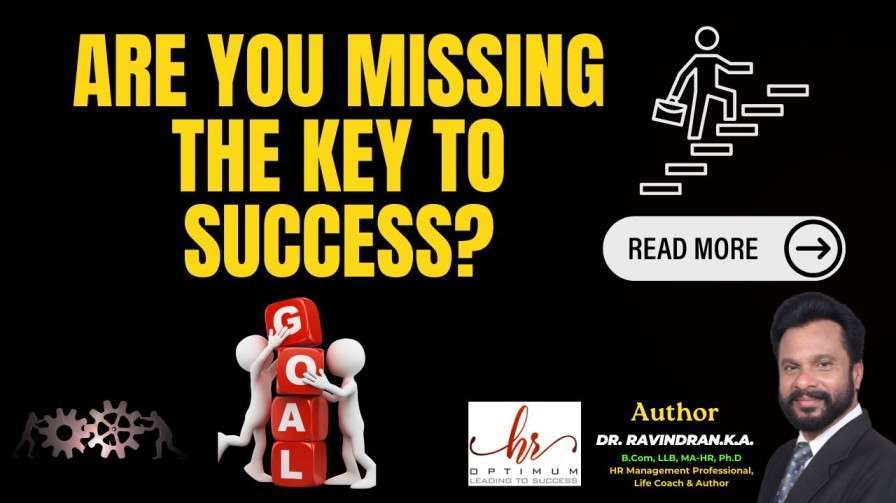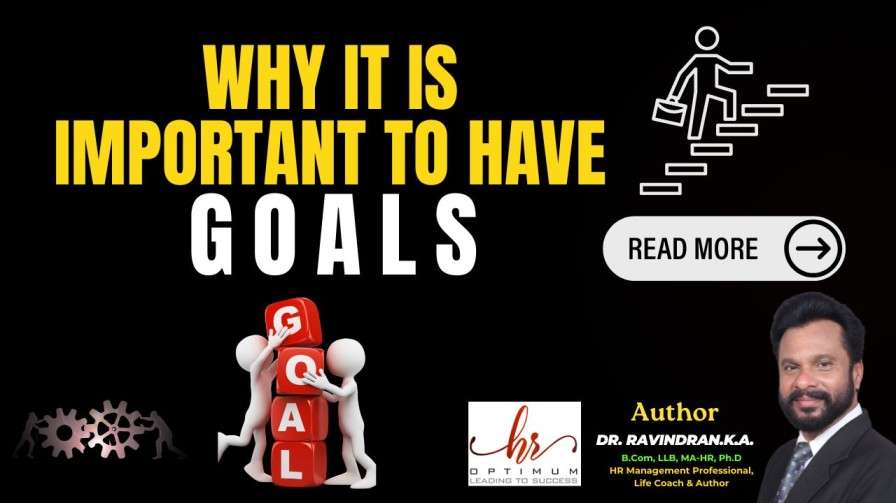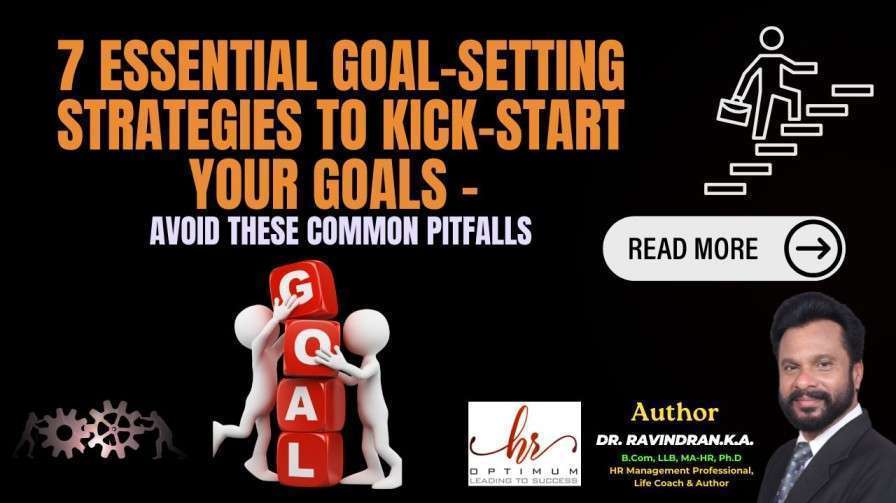5 Simple Ways to Kick Start Your Goal Setting
Did you know that 93% of employees struggle to link their work to their company’s goals? This fact shows how vital it is to set clear goals for both personal and work success. We’ll look at the best ways to set and reach your goals in everyday life.
Thank you for reading this post, don't forget to subscribe!
Key Takeaways
- Setting goals is key for growing personally and professionally.
- Clear goals help you focus and start new, positive habits.
- Reaching your goals needs the right strategies and methods.
- Setting up your space and tracking your progress are important for success.
- Removing distractions and using goal stacking can increase your chances of winning.
Understanding Goals and Their Importance
A goal is a desired result or objective that an individual or team plans and commits to achieving. It’s a vision for the future that is ambitious and has a deadline. Goals are different from objectives (the steps to reach a goal) and resolutions (temporary decisions).
Types of Goals
There are various types of goals, including:
- Short-term goals
- Long-term goals
- Personal goals
- Professional goals
- Financial goals
- Academic goals
- Social goals
Benefits of Goal Setting
Setting goals is key because it gives you direction and helps you see the big picture. It motivates you to act and feel in control of your future. The main benefits of goal setting are:
- Clarity
- Motivation
- Persistence
- Measurable progress
- Improved time management
- Personal growth
- Boosted self-confidence
- Overcoming procrastination
Understanding the definition, types, and importance of goal setting helps you start working towards your goals. This leads to a more purposeful life.
“The only way to do great work is to love what you do. If you haven’t found it yet, keep looking. Don’t settle.” – Steve Jobs
Goal Setting Theory
The goal setting theory is a key motivational idea. It shows how setting clear, tough goals boosts performance, effort, and motivation. Psychologists Edwin A. Locke and Gary P. Latham came up with this idea in the late 1960s. They believe goals give people a clear idea of what’s expected and help them focus on what’s most important.
Goals need to be specific and challenging to lead to better results, the theory says. It highlights five key elements for setting effective goals: clarity, challenge, commitment, feedback, and task complexity. Using these can greatly improve goal-oriented behavior, performance, and motivation.
The SMART goal framework is often paired with this theory. It means Specific, Measurable, Attainable, Relevant, and Time-bound. Setting goals that are tough but not too hard can boost motivation and help improve skills. Goals that match personal values and interests are more likely to be achieved.
Research shows the goal setting theory works well in sports, school, and business. It leads to more engagement, better performance, and meeting deadlines. But, it can have downsides like goal displacement, unrealistic goals, and not being adaptable in all situations.
“Goal setting is a powerful technique that can be used to motivate people, improve performance, and increase the chances of achieving desired outcomes.” – Edwin A. Locke
To use the goal setting theory at work, set clear goals, make them specific, and create plans. Use metrics and KPIs to track progress and adjust goals based on feedback. This approach can boost goal-oriented behavior, performance, and motivation for both individuals and organizations.
Strategies for Effective Goal Setting
Setting personal or professional goals starts with ambitious yet realistic objectives. For personal goal setting, think about what you love and what matters to you. Set goals you can control and imagine your perfect future. When setting team goals, work together, listen to everyone, and talk about why the goal matters.
Good goal-setting means making SMART goals and planning how to reach them. A study by a Dominican University of California psychologist and career coach shows that setting goals leads to success.
Personal Goal-Setting Tips
- Find what you’re passionate about to set meaningful personal goals.
- Choose goals you can control, not ones you can’t.
- Picture your ideal future to guide your long-term personal goals.
- Break big personal goals into smaller steps to keep yourself going.
Tips for Setting Goals at Work
- Work with your team to brainstorm and set team goals.
- Make sure everyone’s ideas are heard and the team goal fits with the company’s goals.
- Set SMART goals that are clear, measurable, doable, relevant, and have a deadline.
- Plan how to reach your professional goals with deadlines and ways to stay on track.
Using these strategies for effective goal setting boosts your chance of success. It helps you reach your personal or team goals.
Achieving Your Goals Consistently
To reach your goals, make sure your environment and habits match your goals. This means getting rid of distractions, automating helpful tasks, and keeping reminders in your space. By designing your surroundings to help you, you’ll boost your success chances.
Align Your Environment with Your Goals
Make sure your environment helps your goals with these tips:
- Get rid of things that waste your time.
- Automate tasks that help your goals, like reminders or tracking sessions.
- Use visual reminders, like quotes or charts, to keep your goals in sight.
Measure Your Goals
Checking your progress often keeps you motivated and helps you adjust your plans. Here are ways to measure your progress:
- Track important metrics that show your goal progress.
- Write in a journal about your experiences and wins.
- Find an accountability partner for feedback and support.
By setting up your space right and checking your progress often, you’ll be more likely to hit your goals consistently.
“The secret of getting ahead is getting started. The secret of getting started is breaking your complex overwhelming tasks into small manageable tasks, and then starting on the first one.” – Mark Twain
Ruthlessly Eliminate Competing Goals
Having too many goals can stop you from reaching your targets. This happens when different goals fight for your time and resources. To beat this, you need to cut less important goals and focus on the top ones.
Pruning goals is like trimming a rose bush. It lets your main goals grow strong while ignoring the rest. Studies show that checking your progress often helps you reach your goals. By focusing, you can increase your productivity, improve your focus, and move closer to what’s important.
- Find your most critical goal prioritization areas and drop goals that distract you.
- Make your to-do list and calendar match your main goals, ruthlessly pruning anything not supporting them.
- Add new actions to your daily habits, as habit integration helps you stick to your goals.
- Change your environment to remove distractions and help you focus on key tasks.
- Set measurable goals with clear targets and track your progress often to stay on track.
| Metric | Statistic |
|---|---|
| Goal Competition Rate | When setting new goals, they will compete for attention with previously set goals. Understanding and managing this competition is essential for progress. |
| Effectiveness of Ruthlessly Eliminating Competing Goals | Pressing pause on less important goals to focus on crucial ones is highlighted as one of the fastest ways to make progress. |
| Habit Integration Success Rate | Incorporating new goal-related actions into existing habits increases the likelihood of sticking to those goals. |
| Environment Alignment Impact | Adjusting surroundings to support goal achievement is mentioned as a strategy. The effect of aligning the environment with goals on success rates could be measured. |
| Measurable Goals Impact | Setting measurable goals is emphasized for better progress tracking and adjustment implementation. The correlation between measurable goals and success rates can be explored. |
By cutting out competing goals and focusing, you can reach a new level of productivity. This lets you make real progress on what’s important to you.
Goal Stacking and Implementation Intentions
Reaching your goals can be tough, but research shows making a plan helps a lot. This plan is called an “implementation intention.” A good way to do this is “habit stacking,” linking a new goal to a habit you already have.
For instance, you might say, “After I make my morning coffee, I’ll meditate for a minute.” This connects your goal to a daily routine. It makes it easier to start doing new things.
Many studies show that planning your actions really helps you stick to your goals. It works for things like getting flu shots or voting. Making a plan with “if-then” statements can also help you get past hurdles.
In a study with 248 people in Great Britain, those who planned their exercise did it 91% of the time. Only 35-38% of others did. Another study showed 91% of people who planned their workouts actually did them, while the control group didn’t see any increase.
Clearly, planning your goals in detail can really boost your success chances. Using habit stacking and implementation intentions can turn your daily habits into new, lasting behaviors. This moves you closer to your goals.
| Strategy | Description | Example | Success Rate |
|---|---|---|---|
| Implementation Intentions | Specifying when, where, and how you will perform a behavior | “After I brew my morning coffee, I will meditate for one minute.” | 91% exercise rate vs. 35-38% in control groups |
| Habit Stacking | Linking a new goal to an existing habit | Meditating after brewing coffee | Significantly improves likelihood of follow-through |
Using these strategies in your goal-setting can tap into your daily routines. It helps create new, lasting behaviors that push you towards your goals.
Goal Setting
Starting to achieve your goals begins with setting them. It’s important to make your goals specific, measurable, achievable, relevant, and time-bound (SMART). This ensures you have a clear vision. But, it’s also key to think about the costs and sacrifices needed to hit those goals.
When you set your goals, think about both an upper and lower limit. This helps keep you from trying too hard. Research shows that hard, specific goals lead to better results than easy or vague ones.
- Set goals at the 90th percentile of performance, assuming motivation, not ability, limits attainment
- Ensure there is a positive linear relationship between goal difficulty and task performance
- Specific, difficult goals tend to increase performance more than easy or vague goals
Setting goals well means being clear, challenging yourself, staying committed, getting feedback, and handling complex tasks. Aligning your goals with your values and priorities helps you stay motivated and make progress. Remember, setting goals is a key step, but it’s just the beginning of your journey to success.
“Over 35 years of clinical and real-world settings have recognized goal setting as a powerful motivator.”
Whether your goals are personal or professional, the goal setting process is vital for growth and success. By setting SMART goals and understanding the costs and constraints, you can move towards your vision with focus and direction.
Conclusion
Setting goals is key for both personal and professional growth. It helps you understand goals better and use strategies like ruthless elimination and habit stacking. These methods can help you start your goal-setting journey and reach your goals.
This article showed how important goals are and how they help you. We talked about the benefits and strategies for setting and reaching goals. You learned about different types of goals and how to use SMART goal-setting.
Starting your goal-setting journey means staying focused and adaptable. Keep improving your approach, celebrate your wins, and learn from your mistakes. This way, you’ll use the power of goal setting to live a more fulfilling life.
Thank You!
Thank you for reading this article! If you found it helpful, please share it with your colleagues and friends. We value your feedback, so feel free to leave a comment below and let us know your thoughts.
FAQ
What is a goal?
A goal is a desired result or objective that an individual or team plans and commits to achieving. It’s a vision for the future that is ambitious and has a deadline.
What are the different types of goals?
There are many types of goals. They include short-term and long-term goals, as well as personal, professional, financial, academic, and social goals.
Why is setting goals important?
Setting goals is key because it gives direction and helps you see the big picture. It motivates you to act and feel in control of your future.
What is goal-setting theory?
Goal-setting theory is a theory about motivation. It says that setting specific, challenging goals boosts performance, persistence, and motivation.
How can I set effective personal and professional goals?
For personal goals, think about what you love and value, set goals you can control, and picture your ideal future. For team goals, work together, include everyone’s ideas, and talk about the goal’s purpose and vision. Setting goals well means making SMART objectives and planning how to reach them.
How can I consistently achieve my goals?
To keep reaching your goals, make sure your environment and habits support them. Remove distractions, automate helpful behaviors, and keep track of your progress. Use metrics, a journal, or an accountability partner to stay on track.
How do I deal with goal competition?
To handle goal competition, focus on the most important goals and drop the rest. This lets your main goals grow without getting sidetracked by other things.
What is “habit stacking” and how can it help me achieve my goals?
“Habit stacking” links a new goal to a habit you already have. For example, “After I make my morning coffee, I’ll meditate for a minute.” It helps you start working towards your goals by building on what you already do.
What is the goal setting process?
The goal setting process is about picking SMART objectives that match your values and priorities. It’s not just about the goal itself, but also the effort and sacrifices you’re ready to make to get there.
 hroptimum
hroptimum






